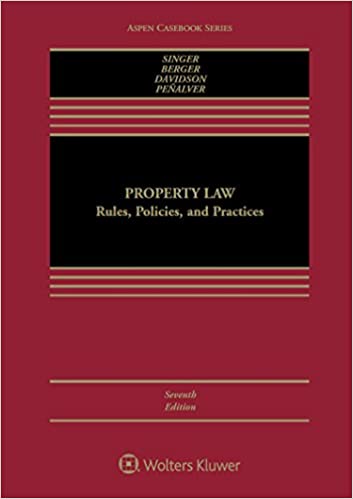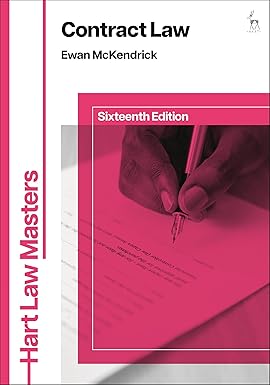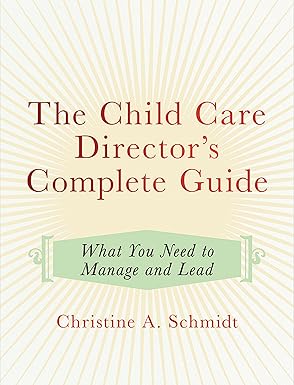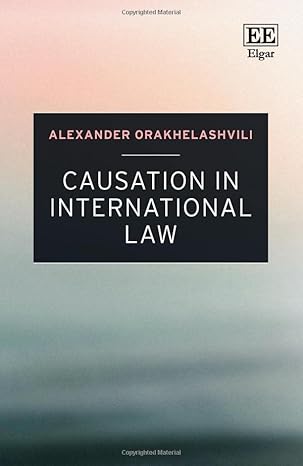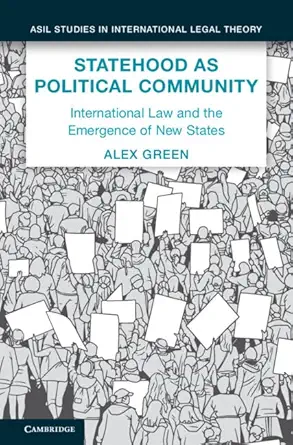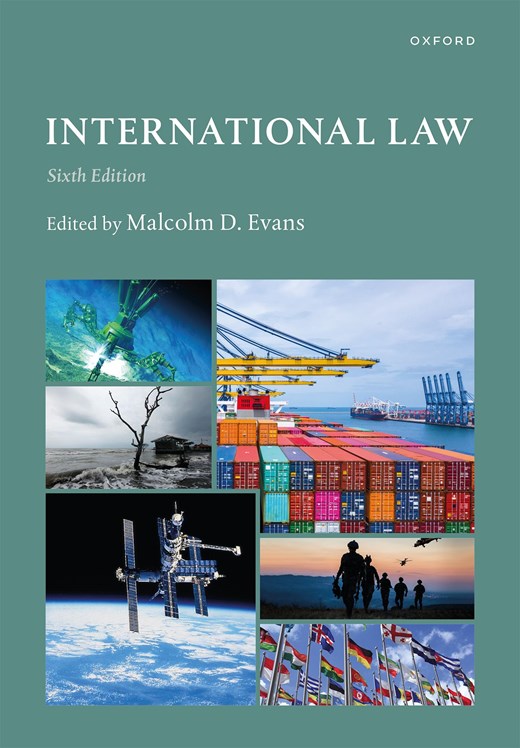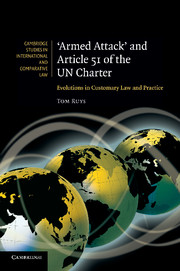Buy anew versionof this Connected Casebook and receiveaccessto theonline e-book,practice questionsfrom your favorite study aids, and anoutline toolon CasebookConnect, the all in one learning solution for law school students. CasebookConnect offers you what you need most to be successful in your law school classes portability, meaningful feedback, and greater efficiency.
This hugely successful cases-and-problems book is acclaimed for its textual clarity, evenhanded perspective, and contemporary, up-to-date character. Easily distinguished from other property casebooks for its clear descriptions of legal doctrine and its variations; its explanations of the social ramifications of property law; its emphasis on both statutory and regulatory interpretation; its comprehensive treatment of public accommodations and fair housing law, current tribal property issues, and property in human bodies; and its use of
the problem method to teach legal reasoning andlawyeringskills. Thoroughly updated to reflect significant changes in the law of property, the Seventh Edition incorporates multiple new Supreme Court cases, including:Texas Department of Housing & Community Affairs v. Inclusive Communities Project, Inc.,Obergefellv. Hodges, andReed v. Town of Gilbert, and 3 decided or pending cases with implications for regulatory takings,Horne v.Dep tof Agriculture,Marvin M. Brandt Revocable Trust v. United States, andMurrv. State.
Key Features:
- Updated to reflect significant changes in the law of property to help professors keep current and be aware of emerging disputes. These include multiple new Supreme Court cases:
- Texas Department of Housing & Community Affairs v. Inclusive Communities Project, Inc., 135 S. Ct. 2507 (2015), upholding disparate impact claims under the Fair Housing Act;
- Obergefellv. Hodges, 123 S. Ct. 2584 (2015), finding a constitutional right to same-sex marriage;
- Reed v. Town of Gilbert,135 S. Ct. 2218 (2015), broadly applying the First Amendment s free speech clause to sign regulations; and
- three decided or pending cases with implications for regulatory takings,Horne v.Dep tof Agriculture, 135 S. Ct. 2419 (2015),Marvin M. Brandt Revocable Trust v. United States, 134 S. Ct. 1257 (2014), andMurrv. State, 359Wis.2d675 (Wis. Ct. App. 2014), cert. granted sub nom.Murrv. Wisconsin, 136 S.Ct. 890 (2016).
- New materials and problems have been included in several areas:
- Collisions between the sharing economy and servitude, zoning, and landlord-tenant law;
- Questions of the inheritance rights of children born through assisted reproductive technology;
- Continuing litigation over the Rails-to-Trails Act conversion of abandoned railroad tracks into recreational trails
- Invalidation of the copyright on the Happy Birthday song;
- Commonwealth v.Magadini, 52 N.E.3d 1041 (Mass. 2016), upholding a necessity defense to a trespass charge against a homeless man; and
- The Revised Uniform Residential Landlord and Tenant Act, adopted in 2015.
CasebookConnectfeatures:
ONLINE E-BOOK
Law school comes with a lot of reading, so access your enhanced e-book anytime, anywhere to keep up with your coursework. Highlight, take notes in the margins, and search the full text to quickly find coverage of legal topics.
PRACTICE QUESTIONS
Quiz yourself before class and prep for your exam in the Study Center. Practice questions fromExamples & Explanations,Emanuel Law Outlines,Emanuel Law in a
چکیده فارسی
یکنسخه جدیداین Casebook متصل را بخرید و دسترسیبه کتاب الکترونیکی آنلاین،سوالات تمرین دریافت کنید >از وسایل کمک مطالعه مورد علاقه شما، وابزار طرح کلیدر CasebookConnect، راه حل یادگیری همه در یک برای دانشجویان دانشکده حقوق. CasebookConnect آنچه را که برای موفقیت در کلاس های دانشکده حقوق خود بیشتر نیاز دارید، قابل حمل بودن، بازخورد معنادار و کارایی بیشتر را به شما ارائه می دهد.
این کتاب موارد-و-مشکلات بسیار موفق به دلیل وضوح متن، دیدگاه یکنواخت، و ویژگی معاصر و بهروز آن تحسین شده است. بهراحتی از سایر کتابهای پرونده اموال به دلیل توضیحات واضح دکترین حقوقی و تغییرات آن متمایز میشود. توضیحات آن در مورد پیامدهای اجتماعی حقوق مالکیت؛ تاکید آن بر هر دو تفسیر قانونی و نظارتی؛ برخورد جامع آن با مسکن های عمومی و قانون مسکن عادلانه، مسائل جاری مالکیت قبیله ای، و دارایی در بدن انسان. و استفاده از
روش مسئله برای آموزش استدلال حقوقی و مهارت های وکالت. نسخه هفتم که به طور کامل برای منعکس کردن تغییرات قابل توجه در قانون مالکیت به روز شده است، چندین پرونده جدید دیوان عالی را شامل می شود، از جمله:وزارت مسکن و امور اجتماعی تگزاس در مقابل پروژه جوامع فراگیر، شرکت، اوبرگفلف Hodges، وReed v. Town of Gilbert، و 3 پرونده تصمیم گرفته یا در حال بررسی با پیامدهایی برای اقدامات نظارتی،Horne v.Dep tof Tof Agriculture، Marvin M. Brandt Revocable Trust v. United States, andMurrv. ایالت.
ویژگی های کلیدی:
- به روز شده تا منعکس کننده تغییرات قابل توجهی در قانون مالکیت باشد تا به اساتید کمک کند تا از اختلافات در حال ظهور مطلع باشند. این موارد شامل چندین پرونده جدید دیوان عالی است:
- وزارت مسکن و امور اجتماعی تگزاس در مقابل پروژه جوامع فراگیر، شرکت.، 135 S. Ct. 2507 (2015)، حمایت از ادعاهای تاثیر متفاوت تحت قانون مسکن منصفانه؛
- Obergefellv. Hodges, 123 S. Ct. 2584 (2015)، یافتن حق قانونی برای ازدواج همجنسگرایان؛
- رید در برابر شهر گیلبرت،135 S. Ct. 2218 (2015)، به طور گسترده از بند آزادی بیان متمم اول برای امضای مقررات استفاده می کند. و
- سه پرونده تصمیمگیری شده یا در حال بررسی با پیامدهایی برای برداشتهای قانونی،Horne v.Dep tof Agriculture, 135 S. Ct. 2419 (2015)،Marvin M. Brandt Revocable Trust v. United States, 134 S. Ct. 1257 (2014) وMurrv. State, 359Wis.2d675 (Wis. Ct. App. 2014), گواهی. نام فرعی داده شده است.Murrv. Wisconsin, 136 S.Ct. 890 (2016).
- مواد و مشکلات جدید در چندین زمینه گنجانده شده است:
- تضاد بین اقتصاد اشتراک و قانون خدمت، منطقه بندی، و قانون مالک و مستاجر؛
- سوالات مربوط به حقوق ارث کودکان متولد شده از طریق فناوری کمک باروری؛
- ادامه دعوای حقوقی بر سر قانون Rails-to-Trails تبدیل خطوط ریلی متروکه به مسیرهای تفریحی
- بی اعتباری حق نشر آهنگ تولدت مبارک؛
- Commonwealth v.Magadini, 52 N.E.3d 1041 (Mass. 2016)، حمایت از دفاع ضروری در برابر اتهام تجاوز علیه یک مرد بی خانمان؛ و
- قانون واحد مسکونی موجر و مستاجر تجدید نظر شده، مصوب 2015.
ویژگی های
CasebookConnect:
کتاب الکترونیکی آنلاین
دانشکده حقوق با مطالعه زیاد همراه است، بنابراین در هر زمان و هر مکان به کتاب الکترونیکی پیشرفته خود دسترسی داشته باشید تا از دروس خود مطلع شوید. برجسته کنید، در حاشیه آن یادداشت بردارید، و متن کامل را جستجو کنید تا به سرعت پوشش موضوعات حقوقی را پیدا کنید.
سوالات تمرین
قبل از کلاس خود را امتحان کنید و برای امتحان خود در مرکز مطالعه آماده شوید. تمرین سوالات مربوط بهنمونه ها و توضیح ها،موضوعات قانون امانوئل،قانون امانوئل در
ادامه ...
بستن ...
Ebook details:
عنوان: Property Law: Rules, Policies, and Practices [Casebook Connect] (Aspen Casebook)
نویسنده: Professor Joseph William Singer, Bethany R Berger, Nestor M Davidson, Eduardo Moises Penalver
ناشر: Aspen Publishers; 7 edition (March 10, 2017)
زبان: English
شابک: 1454881798, 978-1454881797
حجم: 26 Mb
فرمت: Epub + Converted Pdf
ادامه ...
بستن ...
